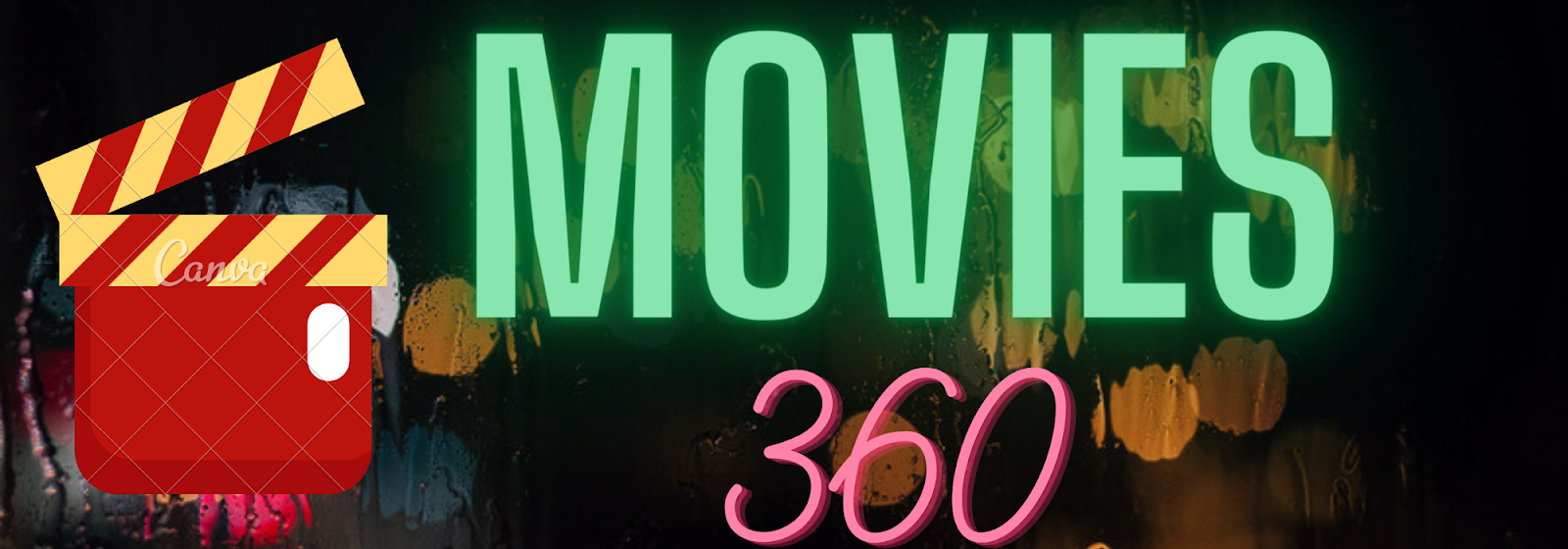Animated movie characters can be derived from an animator's unique imagination and vision, much like the minions in the upcoming Minions: The Rise of Gru. On the other hand, characters can have a basis in reality or even have a singular person as the basis for their design.
Since famous people in the public eye can have an effect on viewers and audiences, it should come as no surprise that many famous people have served as the inspiration for multiple animated movie characters. For some animated characters, the parallels between them and their real-life counterparts are crystal clear while others are more subtle.
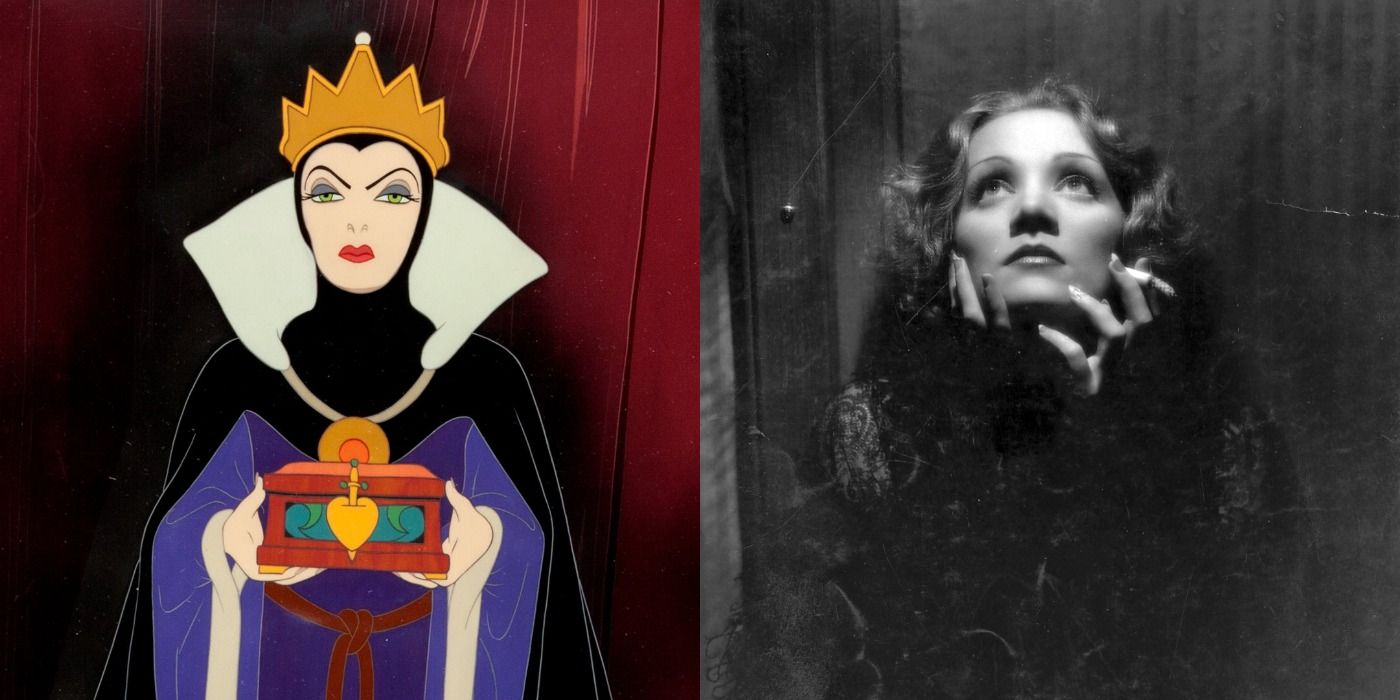
Marlene Dietrich was one of the biggest stars of the 20th century, with worldwide fame and a career that spanned from the 1910s to the 1980s. The height of her fame occurred in the 1930s when she served as an unlikely inspiration for the villainous character of the Evil Queen in 1938's Snow White and the Seven Dwarfs as detailed in an article on thevintagenews.com.
Renowned for her glamourous persona and her distinguished facial features, Dietrich was a perfect choice as the model for the Evil Queen. In addition to Dietrich, fellow European star Greta Garbo also influenced the design of the Evil Queen.
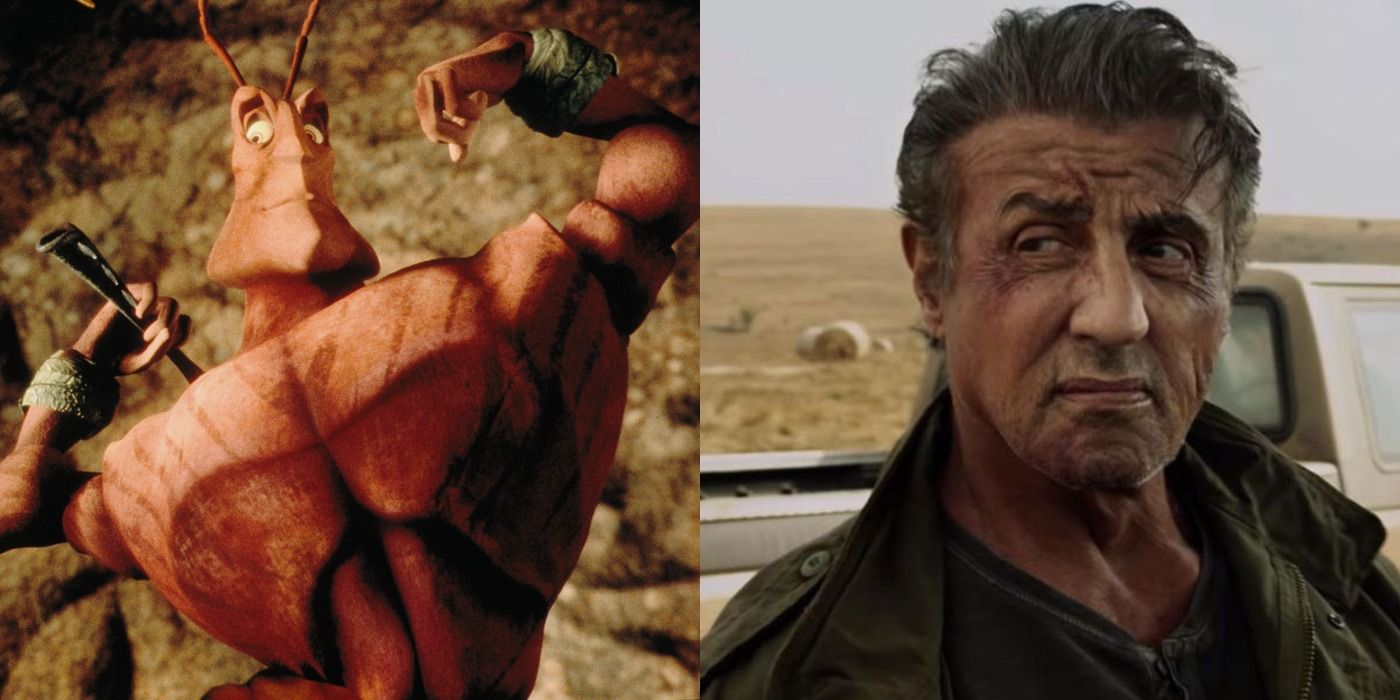
Released at the same time as A Bug's Life, Antz was overshadowed by Pixar's insect-centric film. However, Antz was praised for its humor and voice acting done by its star-studded cast. One member of that all-star cast was action mega star, the iconic and ever-quotable Sylvester Stallone.
In addition to providing the voice to the character of ant Corporal Weaver, it's clear Stallone inspired the design of the character. Weaver is brawny and uber muscular with Stallone's trademark crooked mouth, showing prominent parallels between Stallone and his insect alter ego in 1998's Antz.
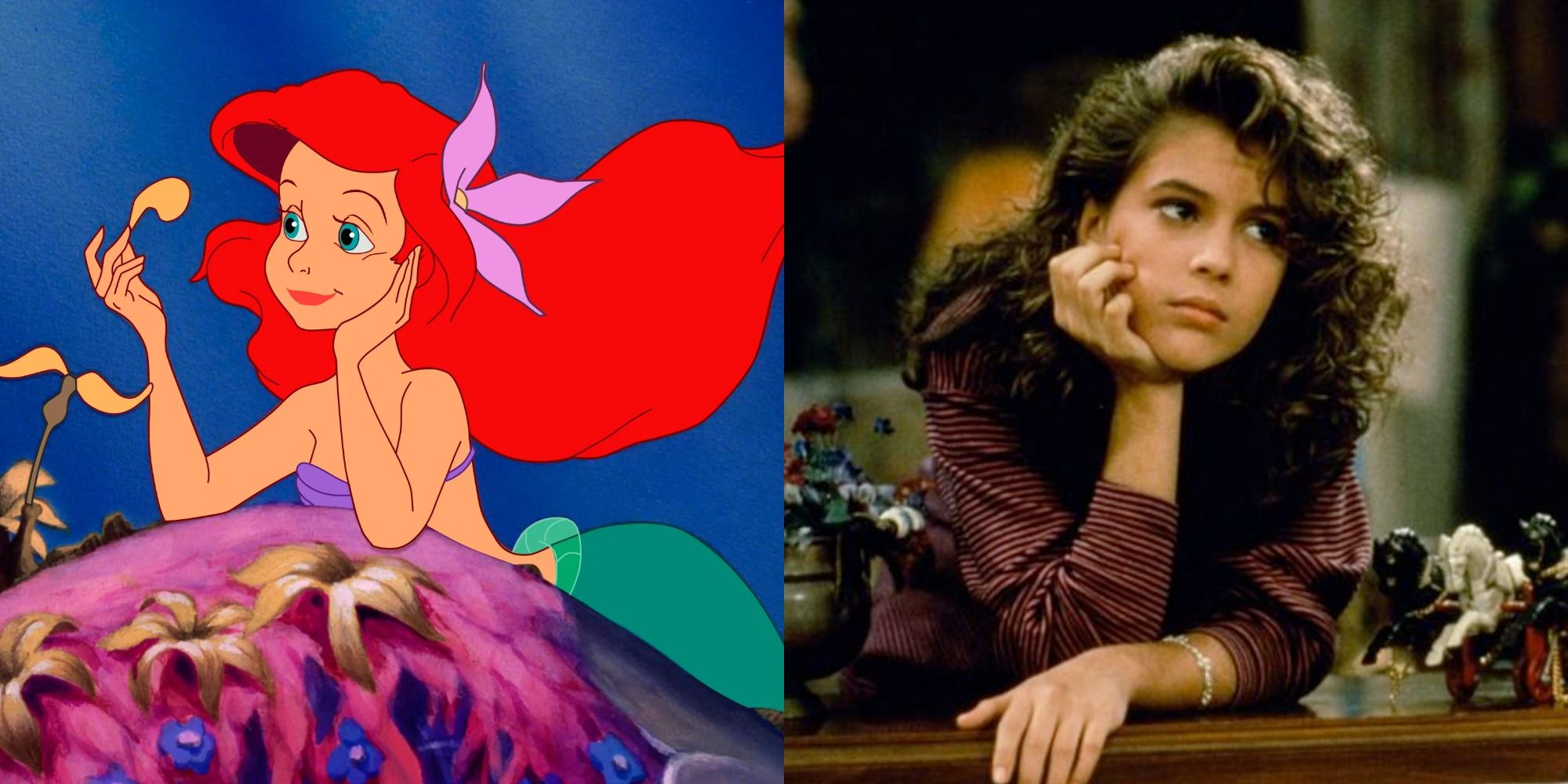
One of the most popular shows on television at the time of The Little Mermaid's creation was the sitcom Who's the Boss? Alyssa Milano, one of Who's the Boss?'s cast members, led to the basis of The Little Mermaid's Ariel animation (per Yahoo!).
The animator's based Ariel's body type and personality on Milano who was the same age as the character at the time. The youthful energy and rebelliousness of Milano at the time, or at least her character's on Who's the Boss?, led to some of Ariel's defining characteristics.
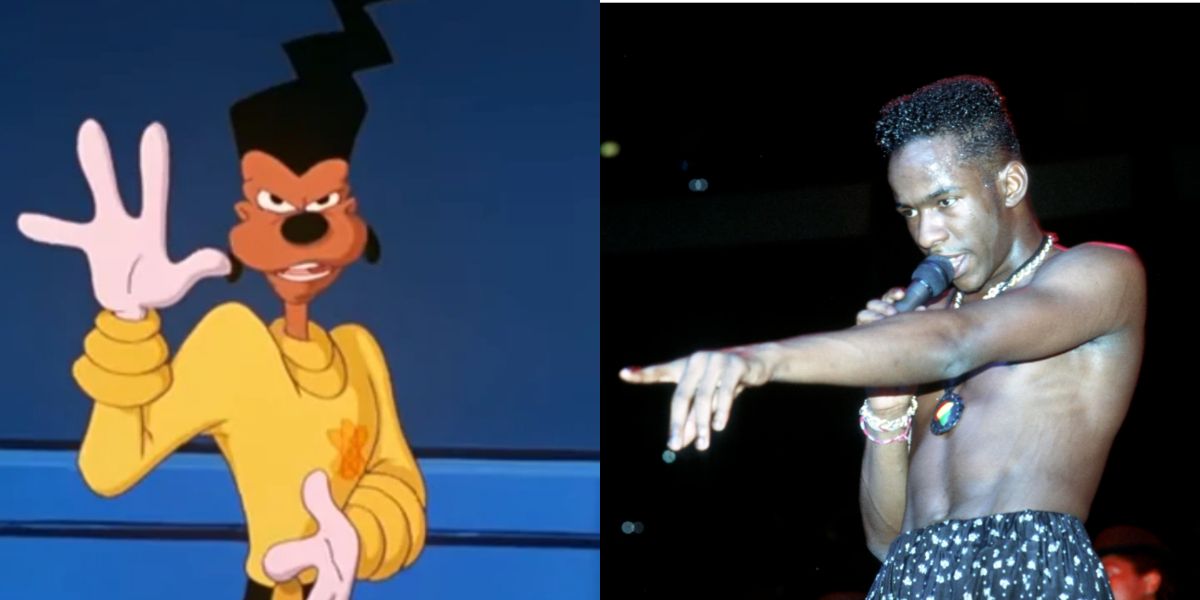
In 1995's A Goofy Movie, when animators were deciding on what the character of pop superstar Powerline should be like they decided to use Bobby Brown as a source of inspiration for the character's appearance, mannerisms, and dance movements.
Additional influences on the character were fellow music behemoths, Michael Jackson and Prince. Additionally, animators were motivated by David Bowie's use of visual identities and characters, which inspired Powerline's atom and electricity symbols as noted by a retrospective on A Goofy Movie on SlashFilm.com
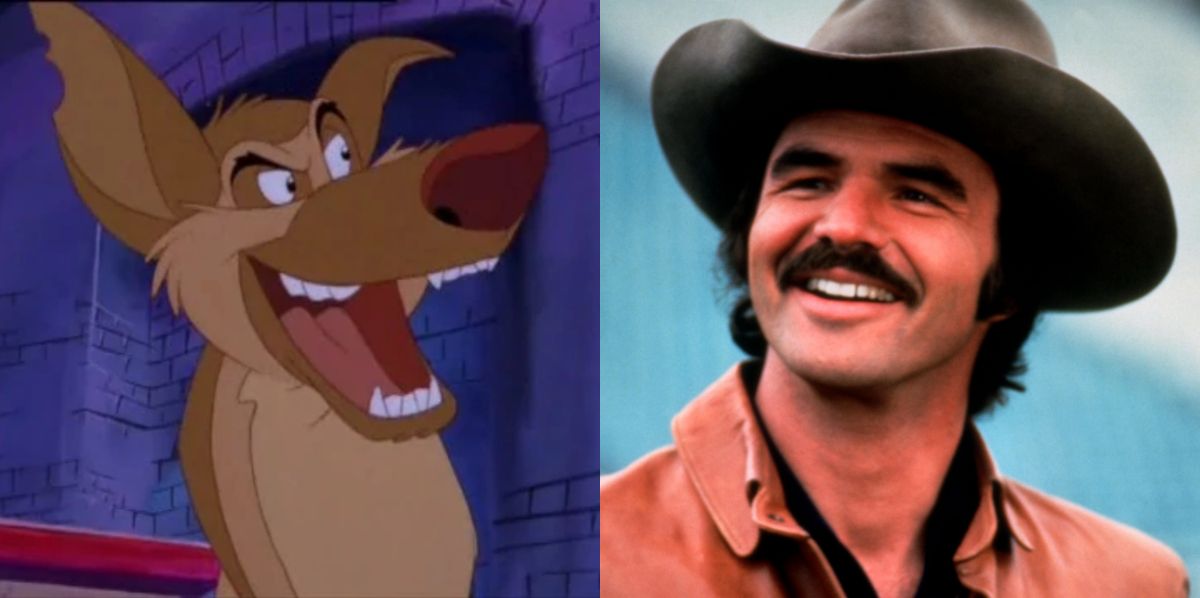
Arguably one of Don Bluth's most famous movies, All Dogs Go to Heaven has a cast stuffed with renowned character actors like Dom Deluise, Vic Tayback, and Charles Nelson Reilly. The star of the film, though, was Boogie Nights and Deliverance actor Burt Reynolds.
In addition to starring as the main character Charlie, Reynolds also served as the inspiration for the character and was conceived with Burt Reynolds in mind. Some of Reynold's mannerisms even make it into the film as Charlie's idiosyncrasies.
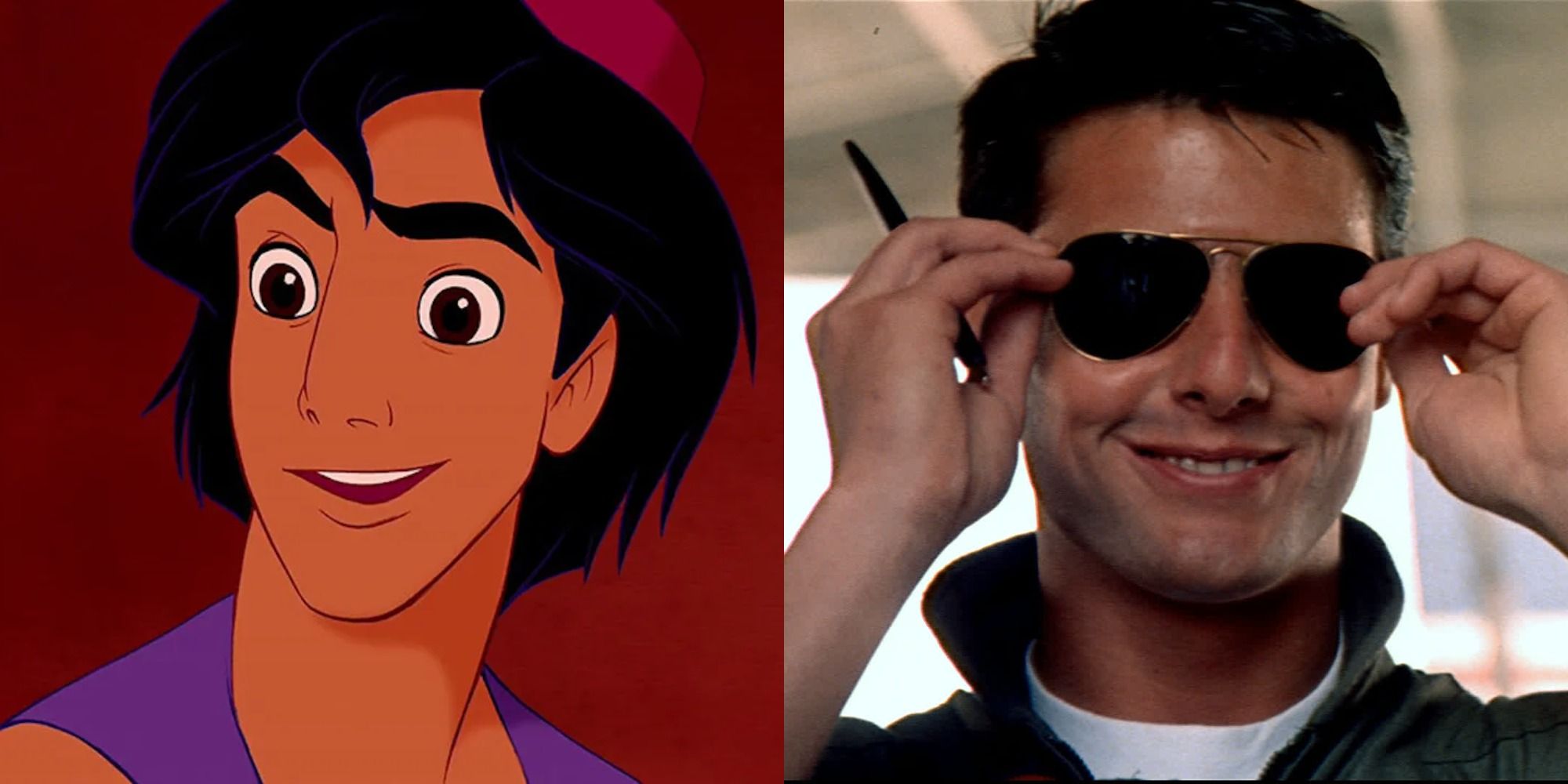
When the titular character of 1992's Aladdin was being designed, animators had one famous actor in mind: the talented Michael J. Fox. However, animation drafts showed the character as looking too young and were deemed not to be the design they were looking for.
Switching gears, the animators decided to base Aladdin's character design on Top Gun: Maverick star, Tom Cruise (via Cheatsheet). The facial expressions and appearance of Aladdin's face were especially derived from Tom Cruise. In addition to Cruise, the look of Calvin Klein male models was also used for the character.
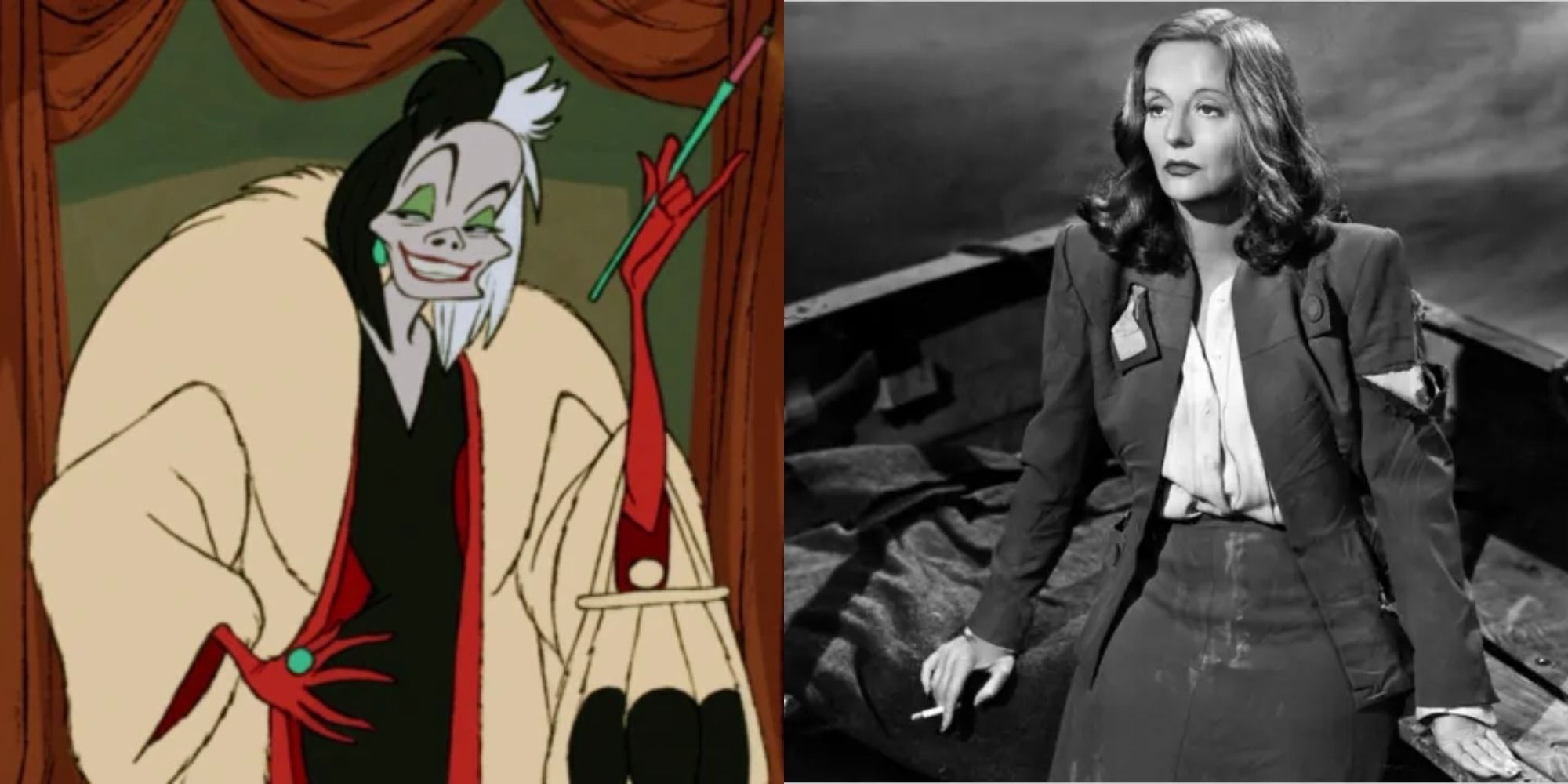
A Disney villain with one of the evilest laughs, Cruella de Vil is notorious for her selfishness, rudeness, brattiness, and animal cruelty. Not exactly a character that someone would want to be responsible for inspiring. However, this is the case for actor of the Hollywood Golden Age, Tallulah Bankhead. With drawn on arched eyebrows and an uncanny resemblance to Bankhead, Cruella de Vil's manic energy, personality, boisterous mannerisms, and reckless driving were also brought about from Tallulah Bankhead, as reported in a Time article.
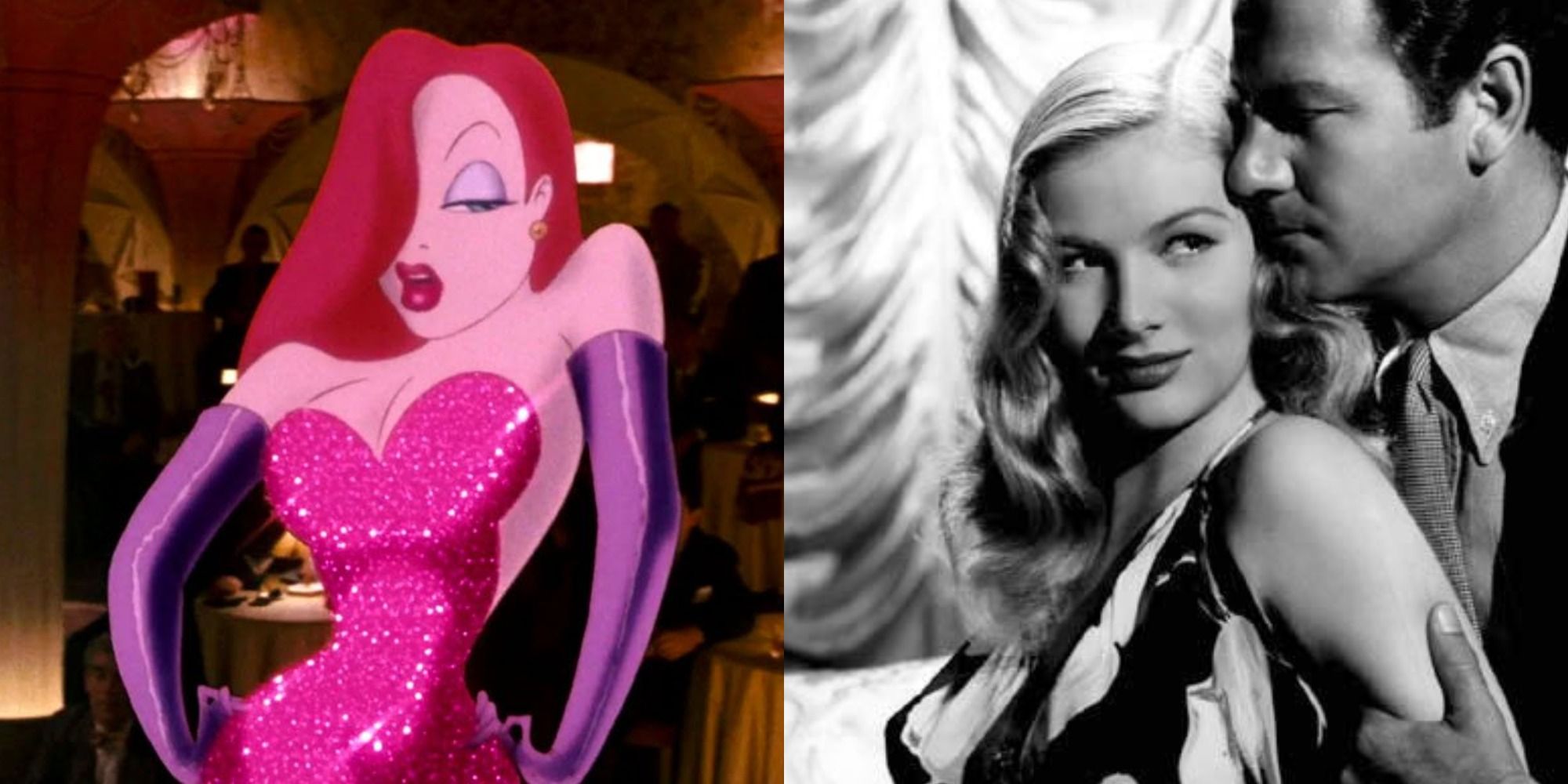
For a character who utters the line "I'm not bad, I'm just drawn that way," the image is incredibly important in helping the audience understand the character. Jessica Rabbit was developed with the intent of serving as "the ultimate male fantasy as drawn by a cartoonist", according to an interview with the animator in a New York Times article on Who Framed Roger Rabbit.
One of Jessica Rabbit's recognizable traits is her long red hair that covers the whole left side of her face. This characteristic was taken from a movie star of the 40s, Veronica Lake. Famous for her femme fatale roles in noirs and her peek-a-boo hairstyle, Lake was an apt inspiration for the character of Jessica Rabbit. While the most obvious reference is Lake, the animator also threw in some references to the screen sirens Rita Hayworth and Lauren Bacall.
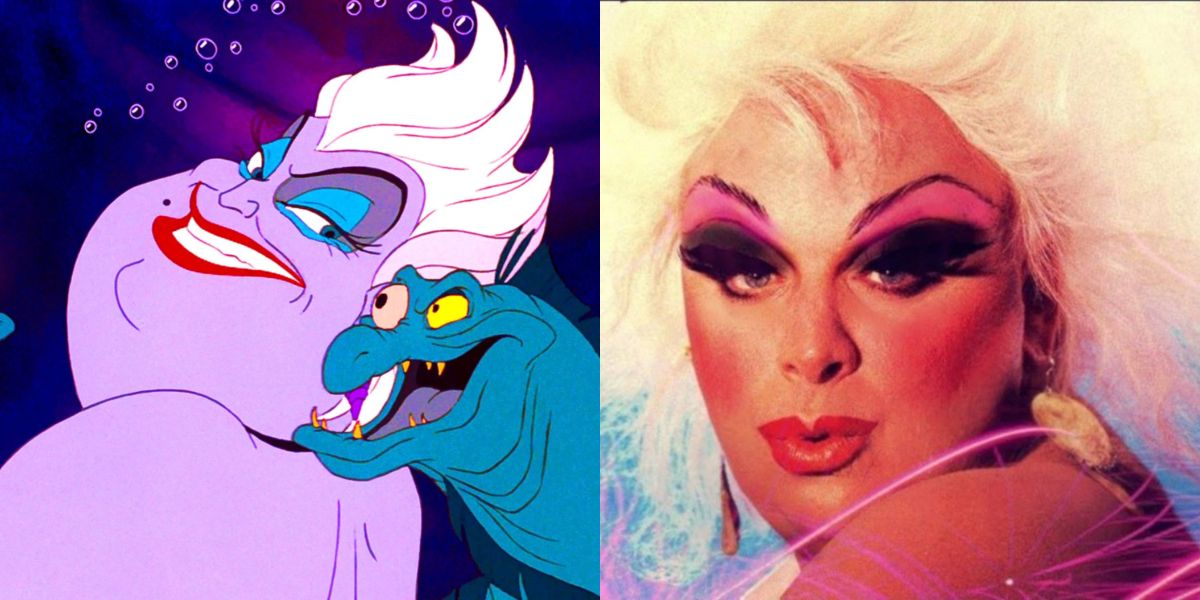
While Disney animators based the main hero of The Little Mermaid on TV actor Alyssa Milano, they went in another direction for the basis of their villain. Turning to drag performer, actor, singer, and the muse of filmmaker John Waters, the legendary Divine was picked by the animators to serve as the design for the cunning and manipulative Ursula (per AV Club).
Given Ursula's larger-than-life personality, campiness, and humor, Divine was a no-brainer to use as the inspiration for the design. Divine's signature eye makeup, jewelry, and body type all made it into the final draft of the character, making the actor's basis of Ursula highly visible to anyone familiar with the two.
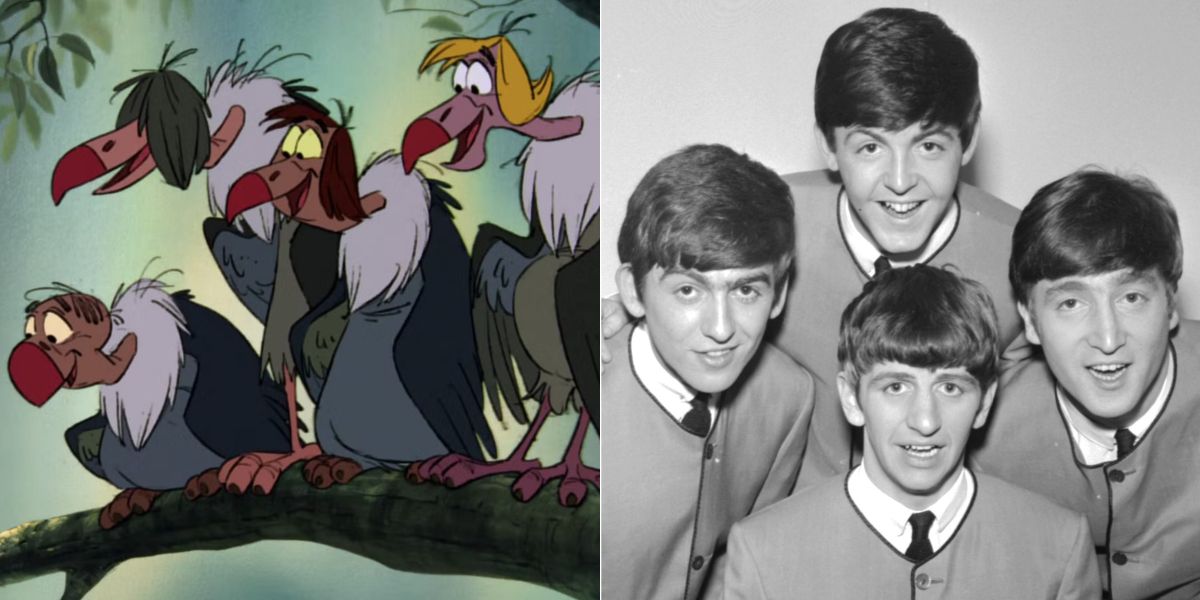
No band, or any celebrity for that matter, was more famous than The Beatles in the '60s. The Fab Four left an indelible mark on pop culture since they burst onto the scene in 1960. It is appropriate then that the foursome left their mark on an underappreciated Disney classic like 1967's The Jungle Book.
Near the end of 1967's The Jungle Book, things look ominous for young Mowgli especially when four mop-topped British vultures serenade him before Shere-khan's arrival. The characters should look familiar since the vultures were based on The Beatles. Disney had actually planned to have the members of the band voice the characters and sing their song "That's What Friends Are For." Unfortunately, John Lennon refused the offer as he did not want to be involved with animated films, as reported in an article from The Telegraph.
From Ursula in The Little Mermaid to the main character in All Dogs Go To Heaven, many animated characters have had famous people as their basis.Jessica Jalali
